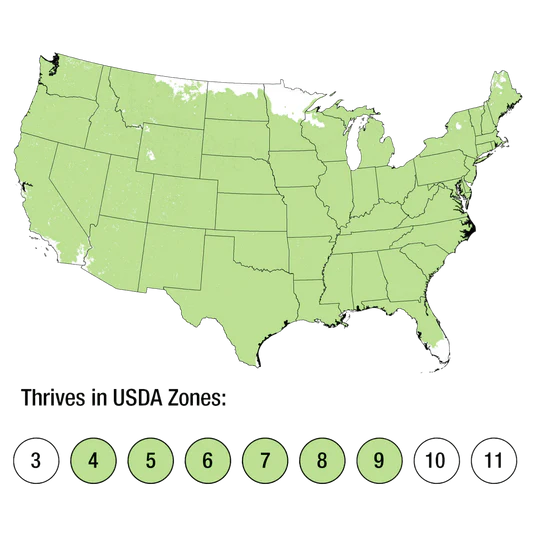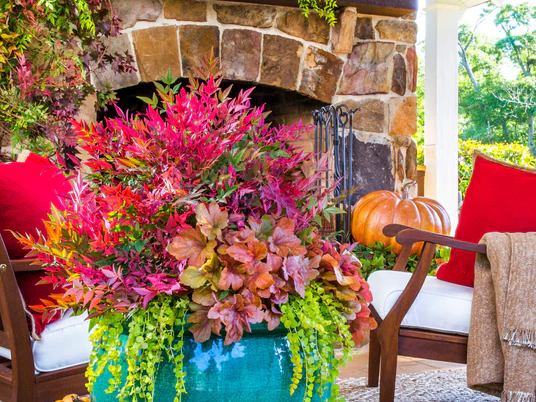Little Bonnie Dwarf Spiraea
Little Bonnie Dwarf Spiraea - 2.5 Quart is backordered and will ship as soon as it is back in stock.
Description
Description
Little Bonnie Dwarf Spiraea (Spiraea bumalda) is a compact, low-maintenance shrub that adds vibrant color and texture to any landscape. This Southern Living Plant Collection deciduous beauty features lush blue-green foliage that transitions to a golden hue in the fall, creating multi-season interest. In late spring to early summer, it bursts into bloom with clusters of rich lavender-pink flowers, attracting butterflies and other beneficial pollinators. When mature this Spiraea will reach sizes of 2-3′ high x 3′ wide.
Caring For Little Bonnie Dwarf Spiraea?
Thriving in USDA Hardiness Zones 4-9, Little Bonnie performs best in full sun, requiring at least six hours of direct sunlight per day for optimal flowering and foliage color. It is remarkably low-maintenance, tolerating a range of soil types and showing excellent resistance to pests and diseases.
Little Bonnie Dwarf Spiraea with its naturally rounded and dense growth habit makes it an excellent choice for small gardens, borders, foundation plantings, and even container gardening.
When To Prune Spiraea?
Little Bonnie Dwarf Spiraea should be pruned in late winter to early spring, before new growth begins. This timing ensures the plant has a full growing season to develop fresh foliage and produce abundant blooms. Since it flowers on new wood, pruning in early spring encourages healthier growth and a more vigorous flowering display.
To maintain its compact shape, remove any dead or damaged branches and lightly trim back the plant to promote a denser habit. If a more drastic rejuvenation is needed, the shrub can be cut back by one-third of its size without harming its overall health.
Light deadheading of spent blooms in summer can also encourage a second flush of flowers.
Care & Use
Care & Use
Spacing Recommendations
Spacing Recommendations
-
Scientific Name
-
Hardiness Zone4, 5, 6, 7, 8, 9
-
Sun ExposureFull Sun to Part Shade
-
Evergreen or DeciduousDeciduous
-
FeaturesAttracts Birds / Butterflies, Dwarf, Flowering, Heat Tolerant, Winter / Fall Foliage Color
-
Feature ColorGreen, Purple
-
UsesBorder, Container, Groundcover, Hedge, Mass Planting
-
Water NeedsMedium
-
Bloom SeasonSpring, Summer
Growing Zones : 4, 5, 6, 7, 8, and 9


Southern Living Plants






